The crescent and a star is an internationally recognized symbol of Islamic faith.
Christians have the cross, Jews the Star of David, and Muslims have the crescent.
What is the history behind the crescent as a symbol?
What symbolizes?
How and when has occurred the association with Islamic faith?
The crescent and a star are dating several thousand years before Islam.
It is difficult to determine the exact origin, but many historical sources indicate its use in central Asia and Siberia.
Other sources associated it with the symbol of Carthagine goddess - Tanit or the Greek goddess Diana.
Or in ancient Babylon and the goddess of love and war, Ishtar.
Bizantum City, later known as Constantinople / Istanbul, adopted this symbol and the flag with crescent and a star, hanging from its walls even before the birth of Christ.
The reasons today are not confirmed, one (mostly Greeks) are associating with the goddess Diana, another with the Romans and their victory over the Goths in the first day of the lunar month.
While Islam and Muslims in its beginnings did not had their own religious symbol.
Most commonly they used the black-green-white color to mark their armies.
That was until 1453 when the Ottomans captured Constantinople and have accepted this as their symbol.
Ottoman Empire under its rule has had the largest number of Islamic countries, and through their use of the crescent and a star, the symbol became associated with Islam.
There are various objections from the Muslims themselves in the use of this symbol.
Let's look through the connection of this symbol in our Macedonian history and its use.
Alexander enters Babylon, coin found in Afghanistan

Byzantine coins:
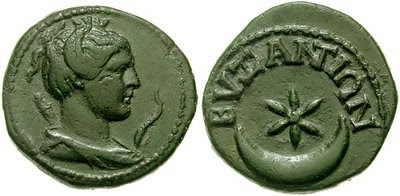

Royal emblem of the Kotromanic dynasty who participated in the Kosovo battle:

The oldest preserved coat of arms is the Korenich-Neorich one from 1595

Front page of the Coat of Arms; Illyrian coat of arms which is represented with a young crescent and a Morning Star over her, which symbolized the rebirth of the South Slavs;
St. Eronim - "Father, Patron, mirror and light the whole Illyrian country

During the Young Turk revolution Jane Sandanski carried the Macedonian flag even to Istanbul, eight rayed yellow star on a red flag with crescent in the middle:


Red Crescent Star - Turkish battle flag, Man of war.
Also very popular legend:

Macedonian translation of "Macedonian Imperialism" by Elis:
Полумесечината симбол од Филип II Македонски
Christians have the cross, Jews the Star of David, and Muslims have the crescent.
What is the history behind the crescent as a symbol?
What symbolizes?
How and when has occurred the association with Islamic faith?
The crescent and a star are dating several thousand years before Islam.
It is difficult to determine the exact origin, but many historical sources indicate its use in central Asia and Siberia.
Other sources associated it with the symbol of Carthagine goddess - Tanit or the Greek goddess Diana.
Or in ancient Babylon and the goddess of love and war, Ishtar.
Bizantum City, later known as Constantinople / Istanbul, adopted this symbol and the flag with crescent and a star, hanging from its walls even before the birth of Christ.
The reasons today are not confirmed, one (mostly Greeks) are associating with the goddess Diana, another with the Romans and their victory over the Goths in the first day of the lunar month.
While Islam and Muslims in its beginnings did not had their own religious symbol.
Most commonly they used the black-green-white color to mark their armies.
That was until 1453 when the Ottomans captured Constantinople and have accepted this as their symbol.
Ottoman Empire under its rule has had the largest number of Islamic countries, and through their use of the crescent and a star, the symbol became associated with Islam.
There are various objections from the Muslims themselves in the use of this symbol.
Let's look through the connection of this symbol in our Macedonian history and its use.
Alexander enters Babylon, coin found in Afghanistan

Byzantine coins:


Royal emblem of the Kotromanic dynasty who participated in the Kosovo battle:

The oldest preserved coat of arms is the Korenich-Neorich one from 1595

Front page of the Coat of Arms; Illyrian coat of arms which is represented with a young crescent and a Morning Star over her, which symbolized the rebirth of the South Slavs;
St. Eronim - "Father, Patron, mirror and light the whole Illyrian country

During the Young Turk revolution Jane Sandanski carried the Macedonian flag even to Istanbul, eight rayed yellow star on a red flag with crescent in the middle:


Red Crescent Star - Turkish battle flag, Man of war.
Also very popular legend:

Macedonian translation of "Macedonian Imperialism" by Elis:
Полумесечината симбол од Филип II Македонски

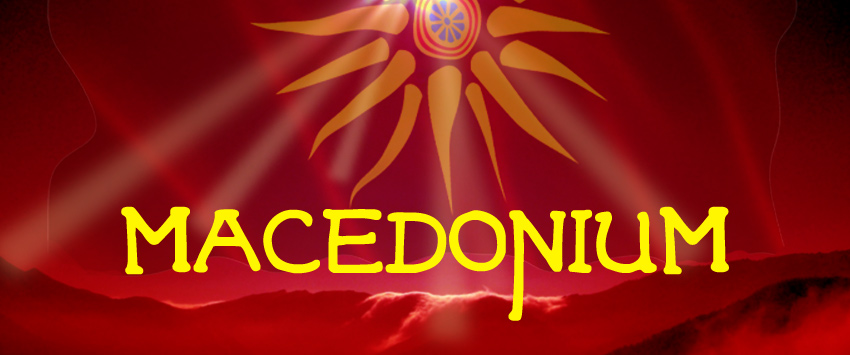











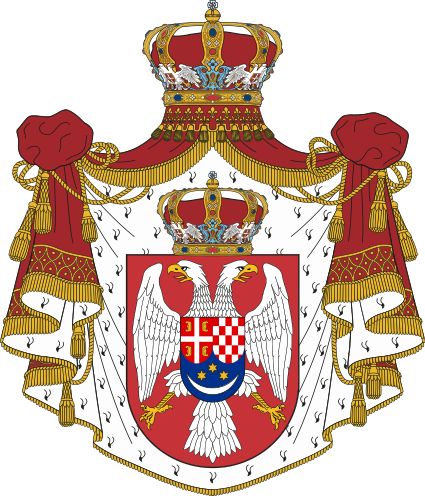


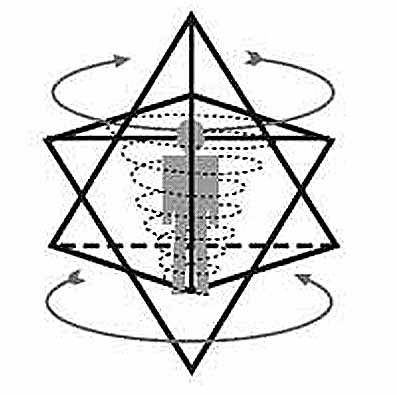

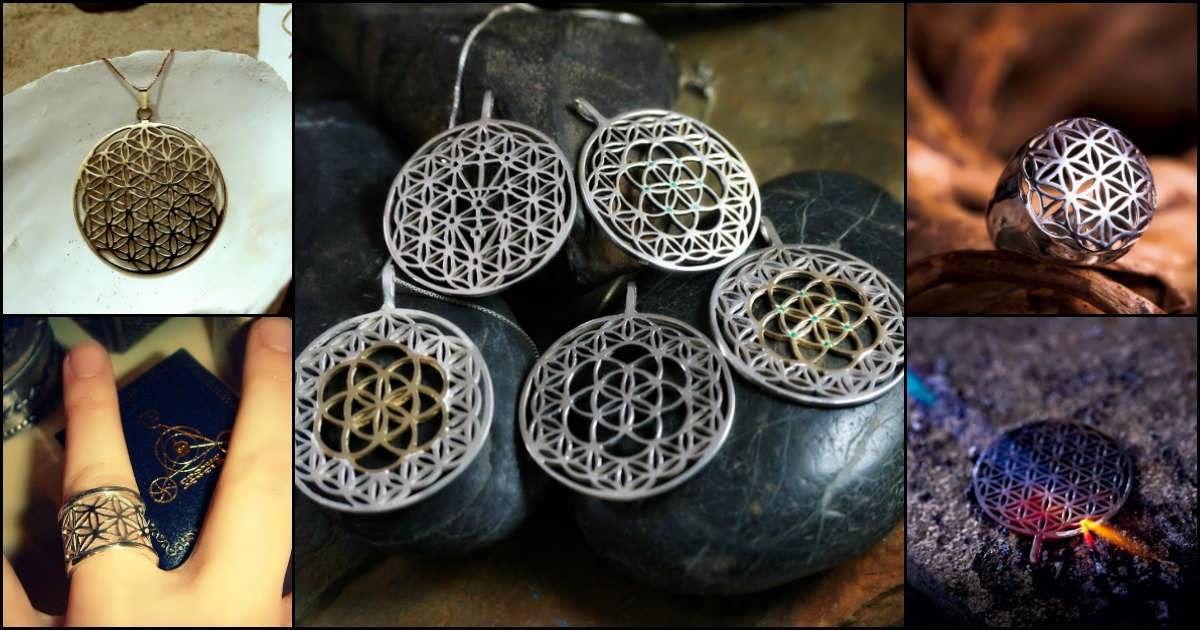
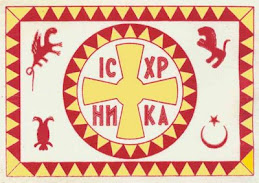
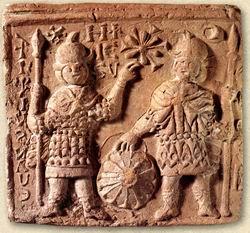
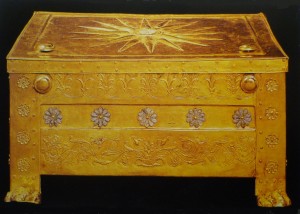
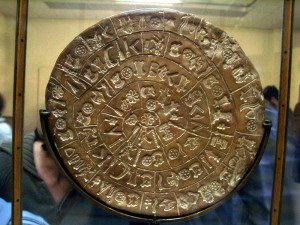



Comment